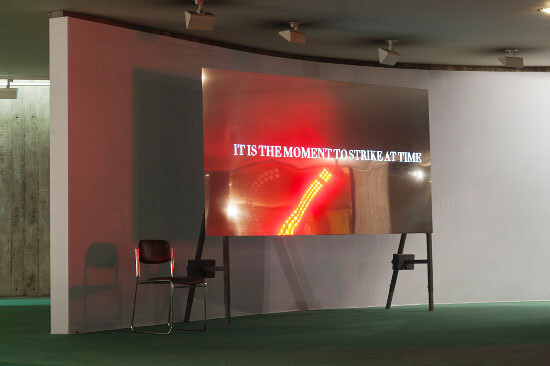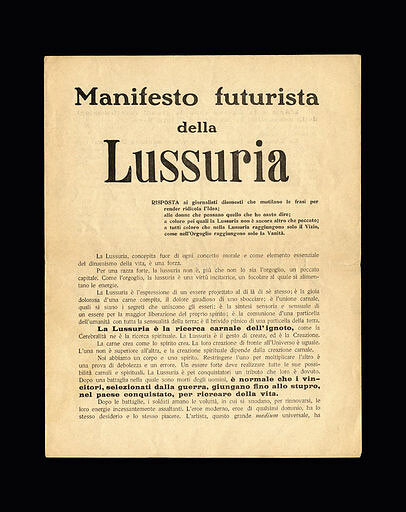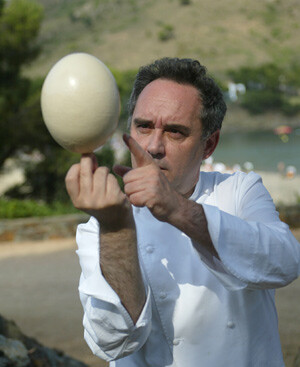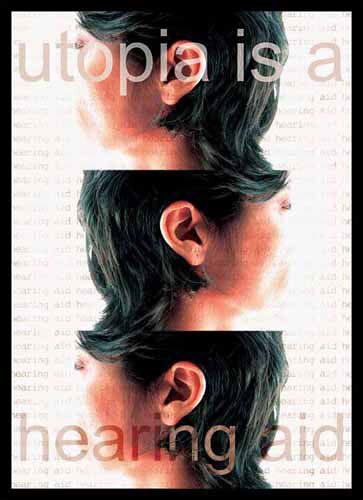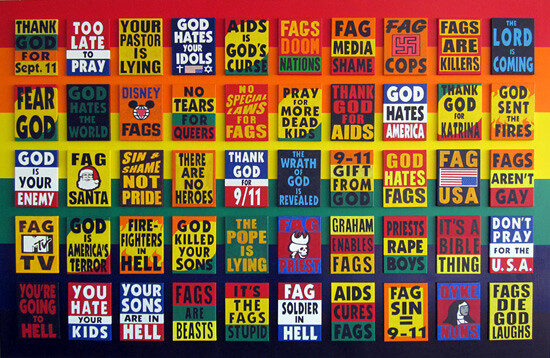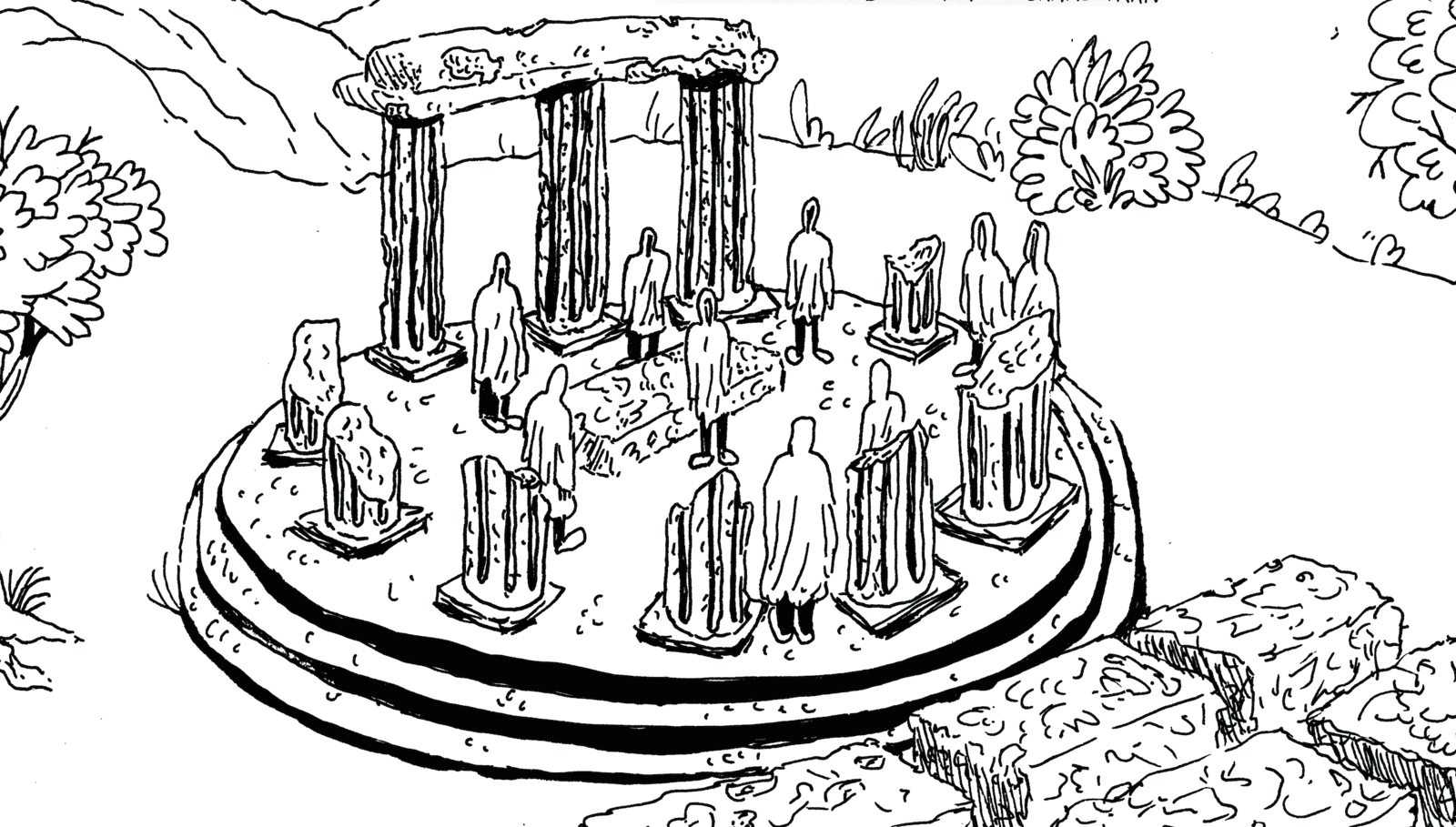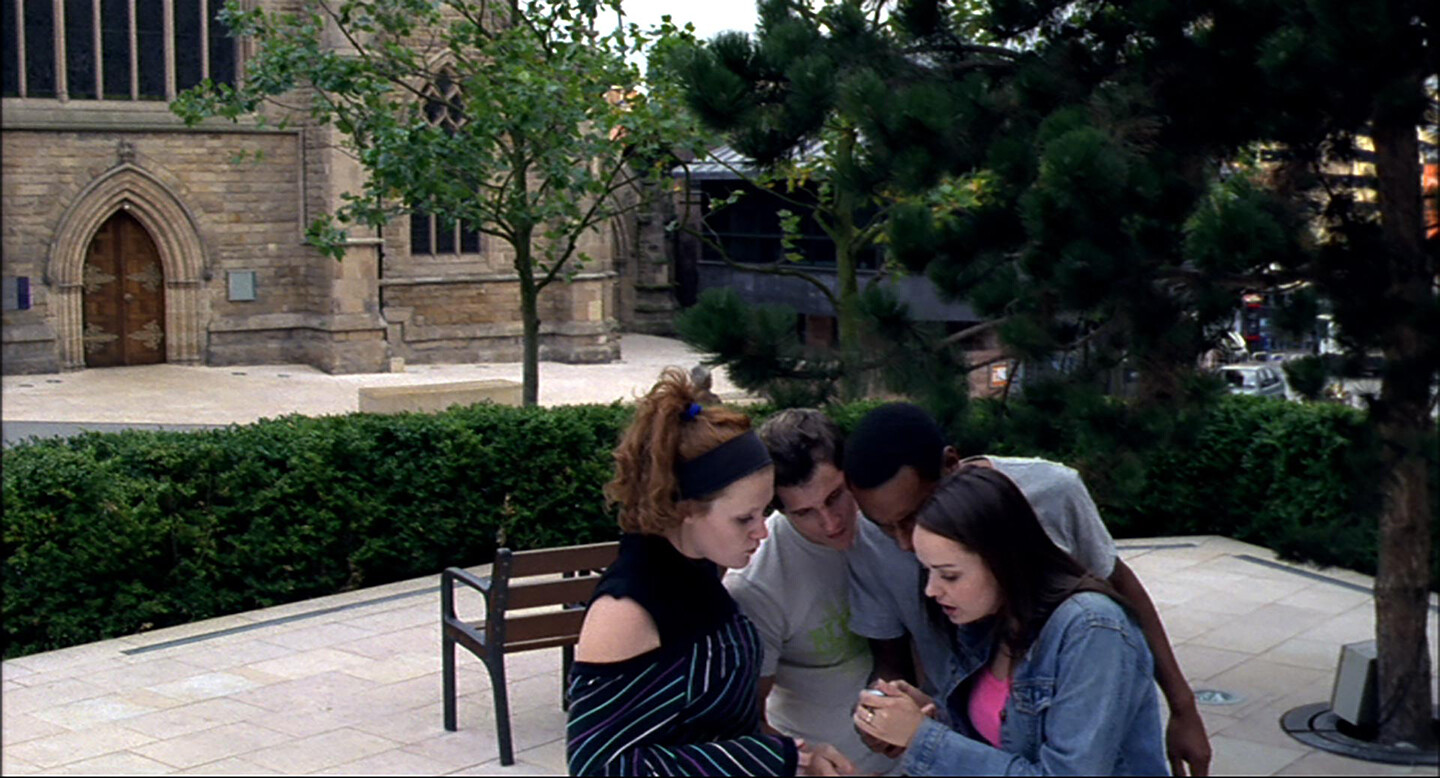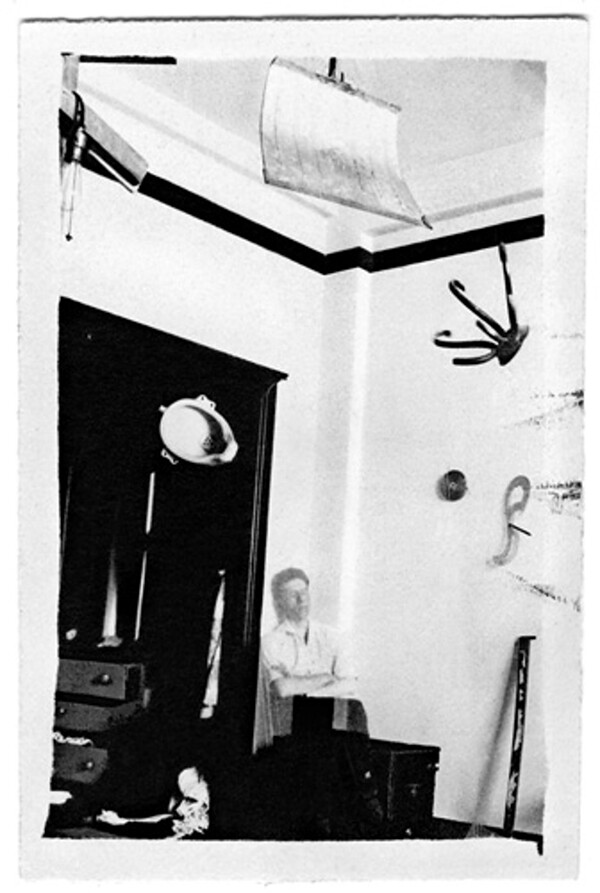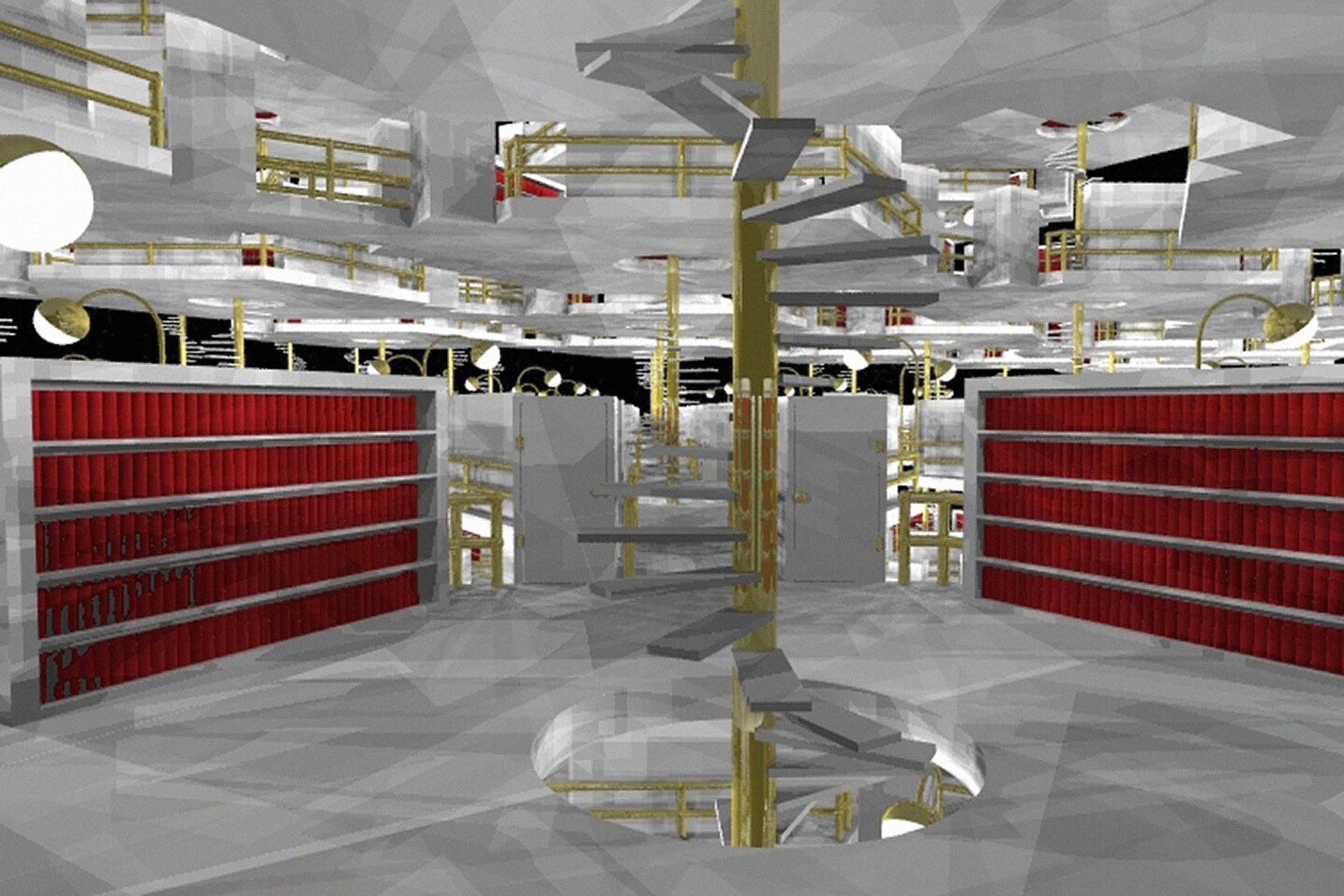In one of his treatises, Malevich writes about the difference between artists and physicians or engineers. If somebody becomes ill, they call a physician to regain their health. And if a machine is broken, an engineer is called to make it function again. But when it comes to artists, they are not interested in improvement and healing: the artist is interested in the image of illness and dysfunction. This does not mean that healing and repair are futile or should not be practiced. It only means that art has a different goal than social engineering.
Utopia
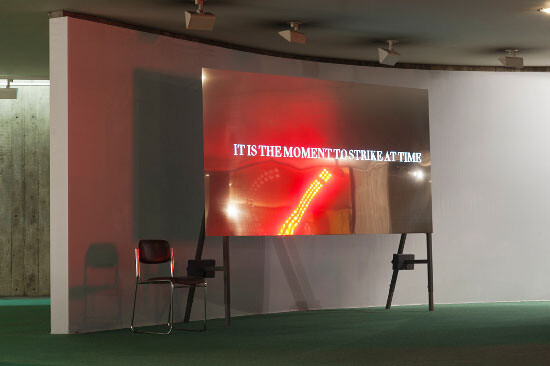
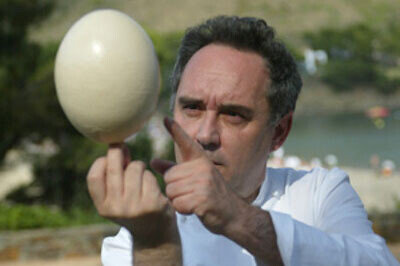
A shattering interruption of unacceptable forms of everyday life is taking place. Forcing a turn of breath (Celan)—take pause and listen. How can this event be understood? How does one experience metanoia today? Utopia must (Il Faut) be a re-reimagining and transformation of this interruption: the possibility of a different form and practice of everyday life. Let us invoke a fearsome phrase of Brecht that Bloch used against Adorno: “something is missing.” Who better to imagine the way and demonstrate this “something,” whatever it may be, than artists? Before Duchamp, had anyone ever imagined using a Rembrandt as an ironing board?
“Do not expect the nightmare to dissolve. Liberal democracy will not come back. It is the source of disaster.”
